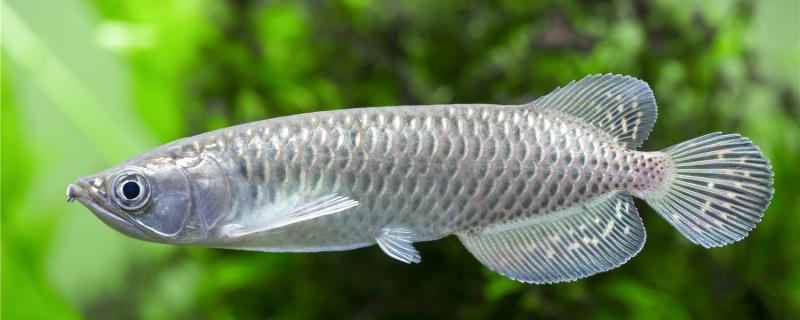 1. Why don't Arowana eat when changing places
1. Why don't Arowana eat when changing places Arowana don't eat when changing places because the environment changes too much. Arowana is very sensitive to the changes of the environment. If they change to a new environment, their bodies will feel uncomfortable. Coupled with their fear and tension about unfamiliar environment, it is easy to refuse to eat. If the arowana doesn't eat, the breeder can wait patiently for a period of time and let them recover on their own. During their recovery, the breeder should not observe them all the time around the fish tank, and should not make too much noise, let alone suddenly appear in front of the fish tank. After they are in a stable state, breeders can try to feed some small fish and shrimps they like.
2. What should Arowana do about anorexiaArowana anorexia may be caused by eating too much, which leads to indigestion. Arowana is a stomach fish, and they will not eat again after they are full. If breeders feed too much food, they will suffer from indigestion. Breeders need to stop feeding first, and then slowly raise the water temperature to 28 ℃, which can improve their metabolism and avoid indigestion.
It is also possible that the water temperature is low and there is no appetite. Arowana is a tropical fish. If the water temperature is too low, it will affect their appetite. Breeders need to raise the water temperature to 24-26 ℃, and then try to feed food after they adapt to the water temperature.